As per 9News, a recently published study revealed that multiple ocean organisms made a home of the floating garbage and scientists believe that the artificially-created island enables certain species to survive in places where they wouldn't normally be able to.
Linsey Haram, a science fellow at the National Institute of Food and Agriculture and the study's lead author, said that "it was surprising to see how frequent the coastal species were. They were on 70 per cent of the debris that we found."
"There's likely competition for space, because space is at a premium in the open ocean, there's likely competition for food resources -- but they may also be eating each other," Haram added.
Another thing that scientists don't fully understand is how exactly the creatures got there in the first place, as they could have found themselves attaching themselves on the way or they could have been on the debris the moment it left the land.
Experts at the Ocean Cleanup initiative believe that there are around 1.8 trillion plastic materials in the patch, which if combined, would weigh in at some 80.000 tons.
Despite the apparent benefits for some marine creatures, plastic waste pollution is extremely dangerous for marine wildlife and we can consume it ourselves later on, by eating certain fish.
Another group of experts estimated that, by 2040, plastic waste can enter our oceans at a 2.6 higher rate compared to present times if adequate climate policy isn't adopted.
 Mihai - Cristian Ioniță
Mihai - Cristian Ioniță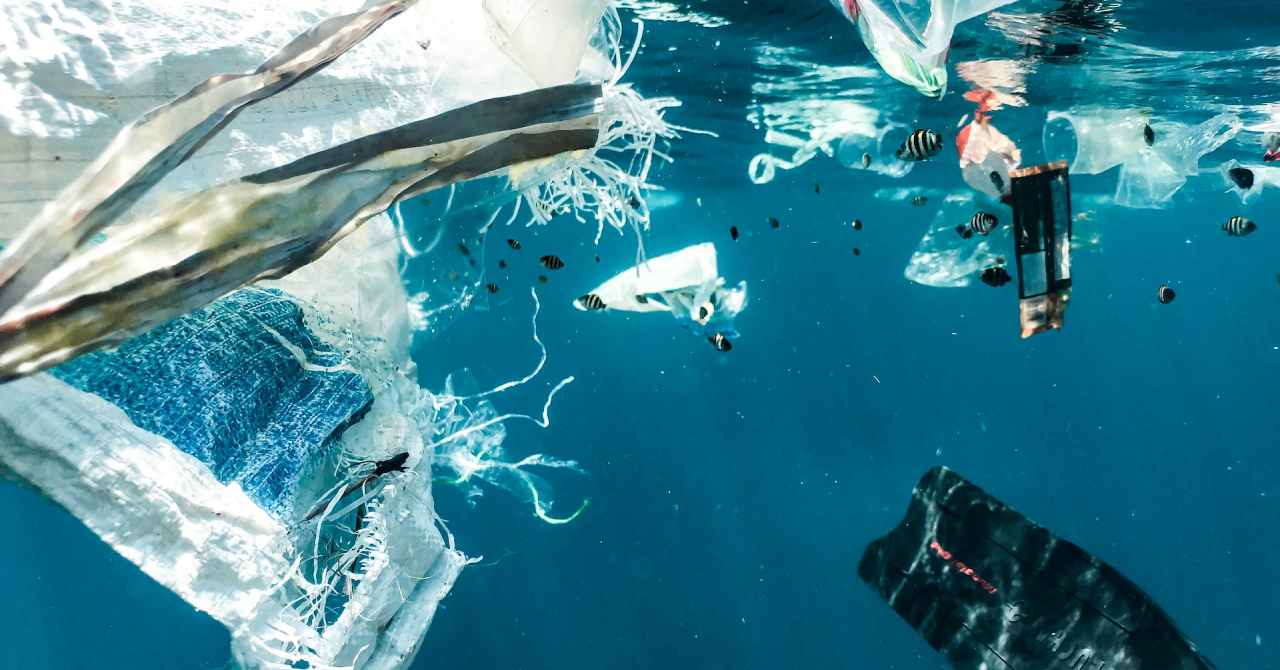

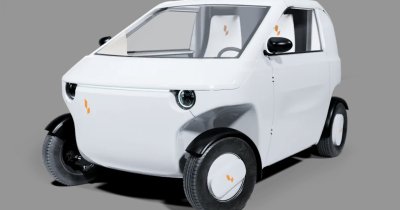
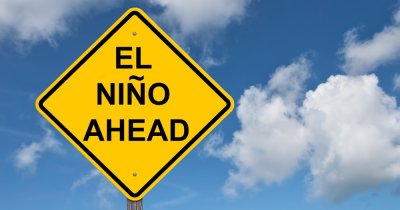


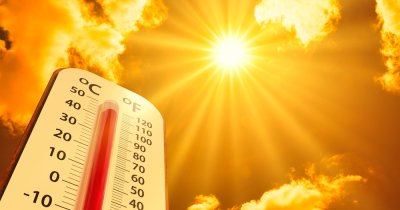
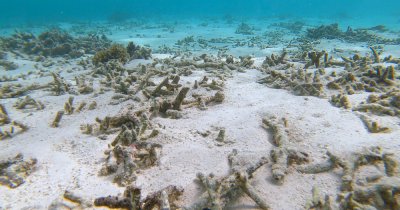
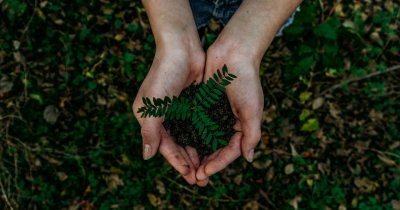



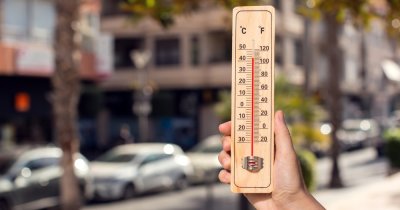
Any thoughts?